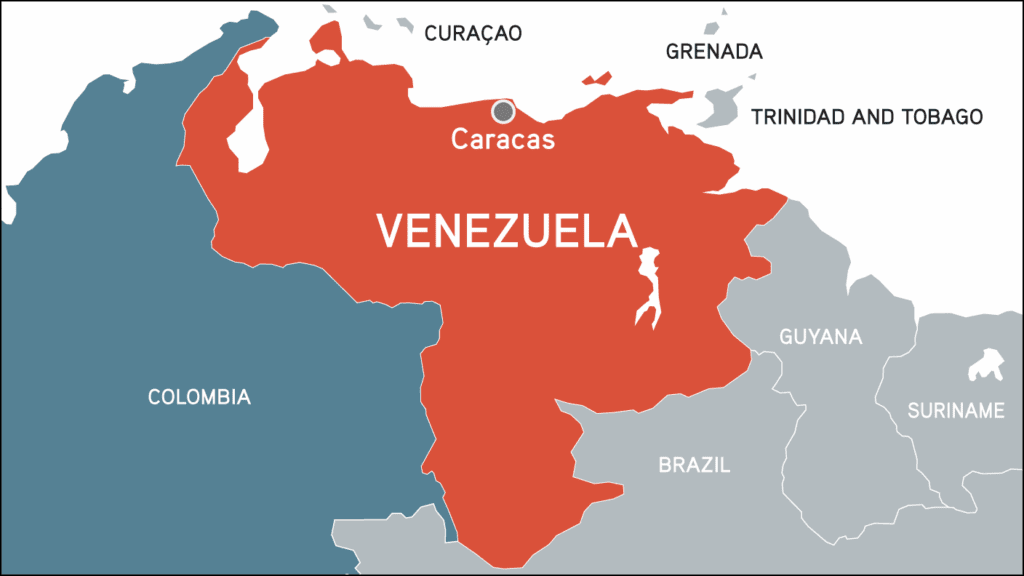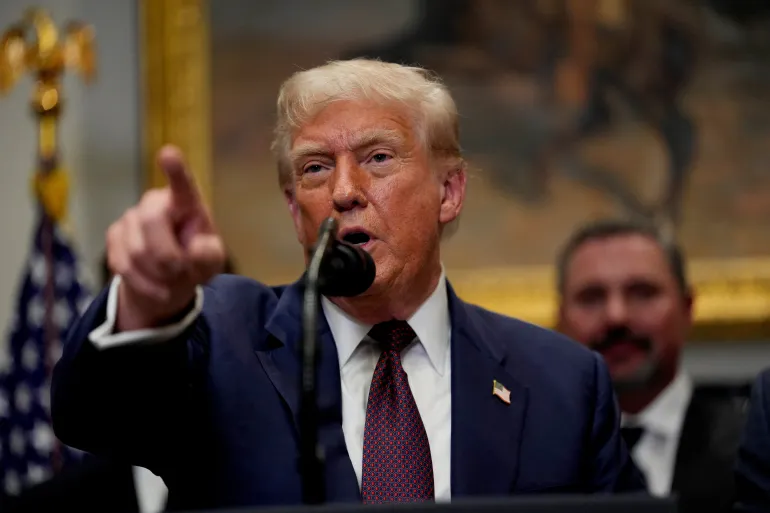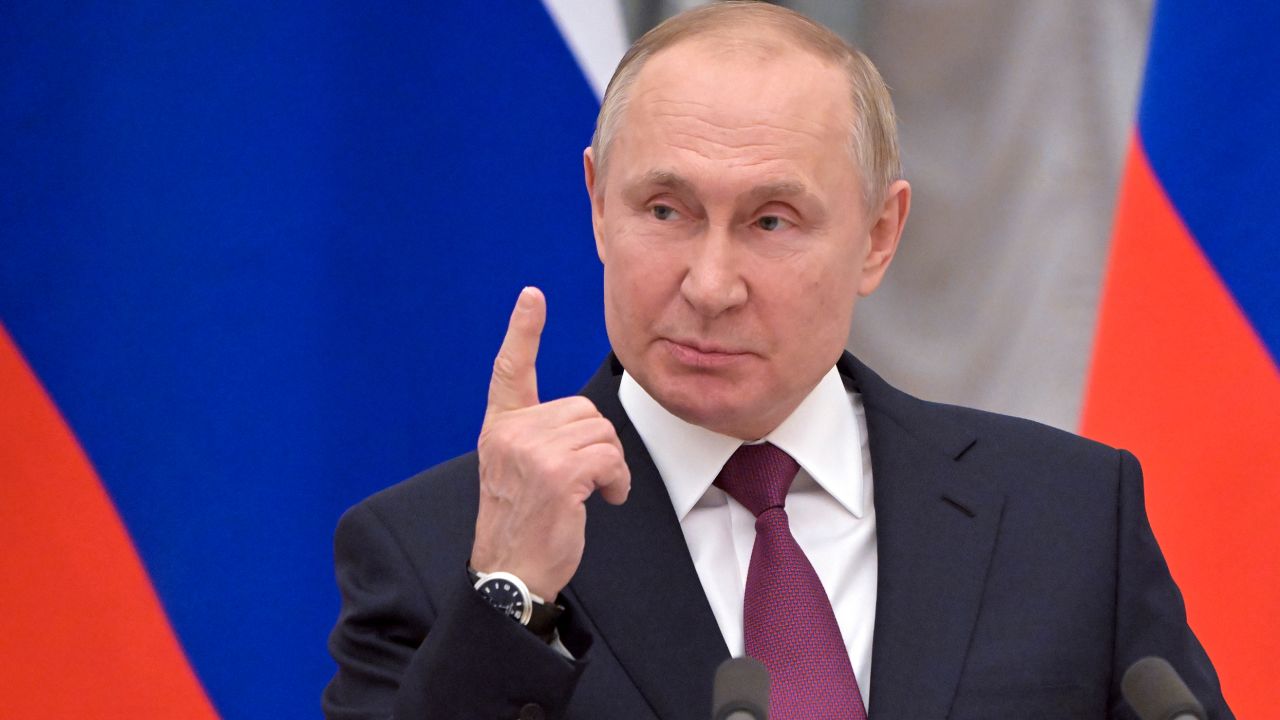After years of simmering tensions along their disputed border, India and China appear to be cautiously exploring a diplomatic reset. Recent high-level visits by Indian officials to China, including Defence Minister Rajnath Singh and National Security Adviser Ajit Doval, signal a soft thaw in relations—though deep mistrust lingers beneath the surface.
At the heart of their conflict is a 3,440-kilometre undefined border that frequently shifts due to rivers, mountains, and snowfields, causing frequent standoffs. The 2020 Galwan Valley clash, which left 20 Indian and four Chinese soldiers dead, marked a turning point in their military tensions. While disengagement has taken place in some flashpoints like Ladakh, a final resolution remains elusive.
In a sign of gradual rapprochement, both countries have resumed direct flights, relaxed visa restrictions, and allowed Indian pilgrims access to Tibet’s sacred sites. However, experts warn that fundamental challenges persist—India remains wary of China’s growing assertiveness in the Himalayas and its claim over Arunachal Pradesh, which Beijing calls “Southern Tibet.”
For India, economic interdependence is a major consideration—China is its second-largest trading partner, with bilateral trade exceeding $127 billion. Yet, national security concerns remain paramount, especially after Delhi banned Chinese apps and curbed investments following the Galwan clash.
From Beijing’s perspective, a stable Himalayan frontier is essential, especially as its focus intensifies on Taiwan. But China also wants India to reduce its alignment with the U.S. and allow greater market access for Chinese businesses and workers—something Delhi has resisted so far.
The broader geopolitical landscape also plays a role. Frustration in Delhi is growing over unpredictable U.S. policies, particularly under President Trump, whose remarks about mediating India-Pakistan tensions and hosting Pakistani military leaders caused dismay in Indian circles. At the same time, Russia’s pivot towards China, driven by its isolation over the Ukraine war, has added to India’s strategic anxiety.
India is thus walking a tightrope—balancing ties with China, the U.S., and Russia, while protecting its territorial integrity and strategic autonomy. Both Delhi and Beijing appear willing to build a working relationship to avoid further escalation, even if the core border issues remain unresolved for now.













